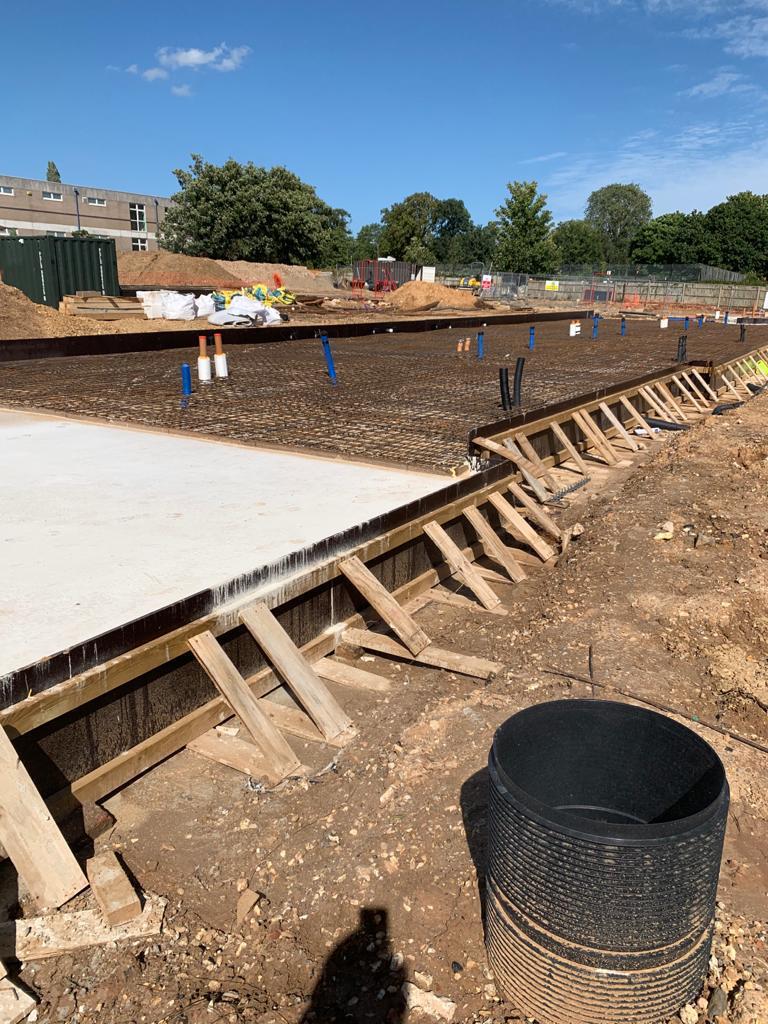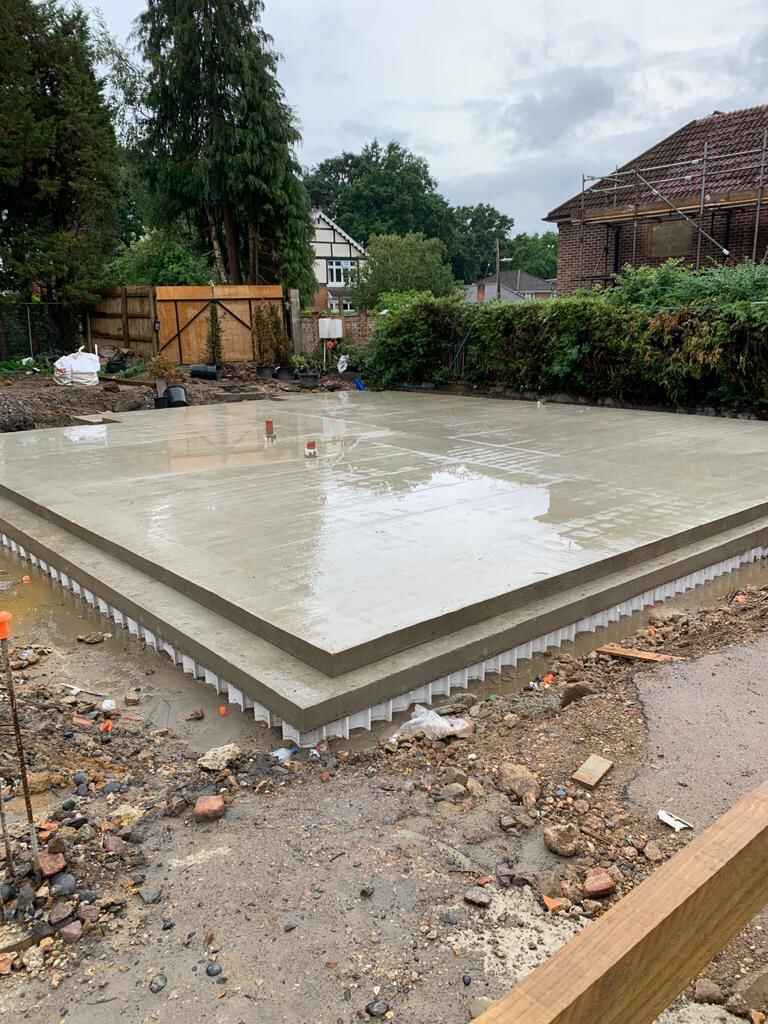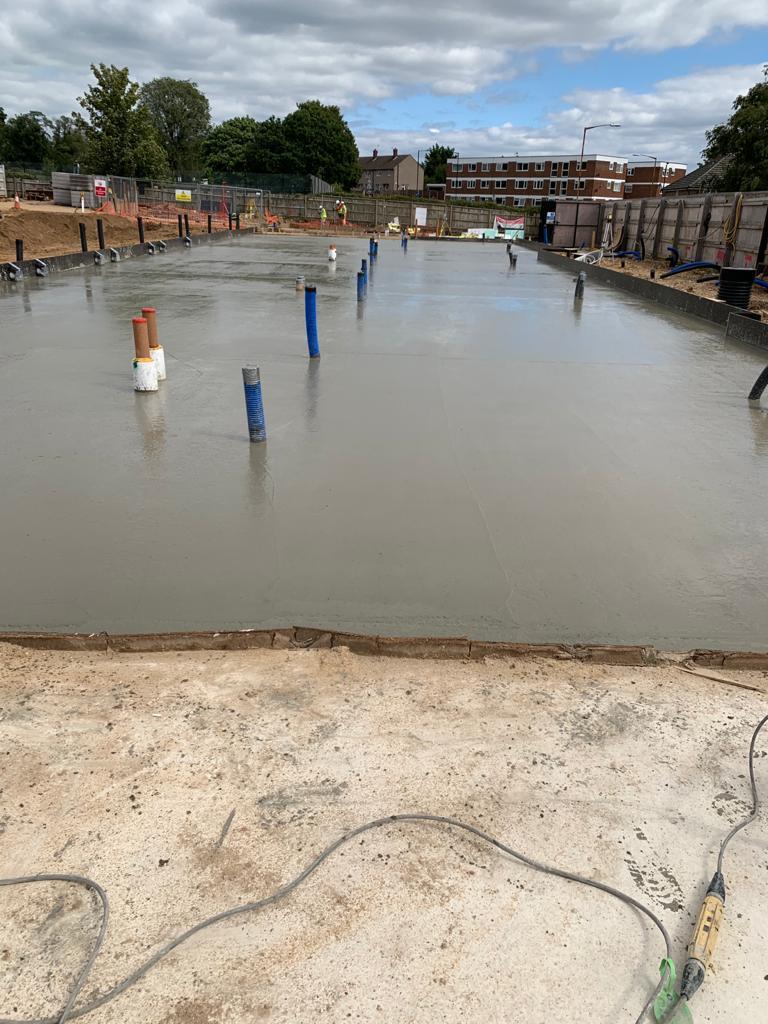Brief History About Piling
What is Piling?
Piles are essential structural components that firmly transfer loads from a building or structure to stable layers of soil or rock. These long columns, constructed from steel, concrete, or timber, are strategically placed into the ground to support the structure. Pile foundations are the go-to choice for situations where surface soils are inadequate for bearing load or where structures need support on soft soils or slopes. This blog will explore the rich history of piling and the various types and materials used in construction.
History of Piling
The use of pile foundations dates back thousands of years, with the ancient Greeks and Romans utilizing wooden and stone piles to support their impressive structures. In Switzerland, a 6000-year-old building stands as a testament to the effectiveness of wooden piles in supporting heavy brick and stone structures on soft ground. The Romans, known for their engineering prowess, also used pile foundations to support grand constructions like bridges, aqueducts, and the iconic Colosseum in Rome.
During the medieval period in Europe, pile foundations were essential in constructing towering cathedrals and imposing castles. The sound of a heavy hammer driving wooden piles into the earth echoed throughout the medieval countryside as skilled craftsmen carefully laid the foundation for these architectural marvels.
The 19th Century brought advancements in construction materials, with concrete and steel becoming popular for pile foundations. Steam-powered pile drivers revolutionized the construction industry, allowing for deeper piles and heavier loads to be supported. Sturdy and reliable pile foundations made impressive structures of this era, such as sprawling industrial buildings and towering bridges, possible.
As we entered the 20th Century, hydraulic pile drivers took center stage, further increasing the efficiency and effectiveness of pile foundations. These specialized equipment allowed engineers to carefully drive piles into the earth with precision carefully, ensuring the stability of the structures they supported. From ancient times to the modern era, pile foundations have played a crucial role in constructing some of the world's most impressive buildings, testament to human ingenuity and innovation.
When construction on soft or unstable soil occurs, it is crucial to ensure that the foundation is solid and stable to support the weight of the building, bridge, highway, or other structure. This often involves complex engineering techniques such as soil stabilization, pile driving, and soil compaction. These methods help strengthen the ground and prevent settling or shifting that could compromise the integrity of the structure.
Imagine a team of engineers and construction workers meticulously planning and executing each process step, carefully maneuvering heavy machinery and equipment to prepare the site. Giant drills bore deep into the ground, inserting steel piles that will support the structure's weight above. Dump trucks unload tons of gravel and other materials strategically layered and compacted to create a stable base. The noise of machines reverberates through the air as workers hustle to meet deadlines and ensure that every detail is perfect.
As the foundation takes shape, it becomes apparent that this is no ordinary construction project. It is a feat of engineering precision and ingenuity, a testament to human innovation and determination. The finished structure will stand as a testament to the skill and dedication of those who worked tirelessly to make it a reality. As the final beams are put in place, the sense of accomplishment is palpable, knowing that this building, bridge, or highway will withstand the test of time thanks to the solid foundation laid on soft or unstable soil.
Types of Pile Foundations
End-Bearing Piles:
These piles are specifically engineered to transmit the full load of the structure directly to a solid layer of rock or extremely dense soil at the base of the pile. Comprised of durable materials such as concrete or steel, they are commonly utilized in structures with substantial weight requirements, such as tall buildings, bridges, and transmission towers. These piles are forcefully driven into the ground using a pile driver until they firmly anchor into the hard layer, ensuring maximum support and stability.
Friction Piles:
Engineered to shift the structure's load onto the surrounding soil through sheer friction, these piles are ideal for soft or insufficiently thick soil conditions. Constructed from sturdy materials like concrete or steel, friction piles are forcefully driven into the ground until the desired depth is achieved, establishing a strong bond between the pile and the soil to support the structure effectively.
Compaction Piles:
Compaction piles are designed to enhance the load-bearing capacity of loose or weak soils by effectively compacting the soil around the pile to bolster its strength. Crafted from precast concrete or steel, they are driven into the ground with precision using a pile driver until they reach the desired depth, ensuring improved stability and support for the structure above. The soil around the pile is forcefully compacted using a vibrating hammer to increase density significantly.
Anchor Piles:
Anchor piles are specifically engineered to support structures facing uplift forces, such as tall buildings or bridges. They are composed of sturdy steel and securely anchored to solid rock or dense soil layers using steel cables or rods rigorously driven into the ground.
Sheet Piles:
Sheet piles are designed to offer lateral solid support for excavations, retaining walls, and cofferdams. Made of robust steel or concrete, these piles are firmly driven into the ground to form an unyielding continuous wall, especially in areas with limited excavation space.
Bored Piles:
Bored piles are meticulously created by drilling deep into the soil and pouring substantial concrete into the hole. These piles, made of reinforced concrete, are commonly utilized in challenging soil conditions or areas with constrained headroom. They can act as both end-bearing and friction piles.
What are the different materials for Piling
Several materials can be used for piling foundations, each with unique characteristics and advantages. Concrete piles, for example, are solid and can withstand heavy loads, making them ideal for structures that need to support a lot of weight. They can be pre-cast in a factory, driven into the ground, or cast on-site for a more customized solution. On the other hand, steel piles offer excellent corrosion resistance and are perfect for structures in challenging soil conditions. Their versatile nature makes them suitable for various projects, from small buildings to significant infrastructure developments.
Some may consider Timber piles old-fashioned, but they remain a popular choice for light structures and soft soil conditions. Their natural properties make them easy to work with, and they can easily be cut to the desired length, providing a more sustainable option for some projects. Composite piles, on the other hand, offer the best of both worlds by combining materials like concrete and steel to create a strong and corrosion-resistant pile.
One of the more unique options for piling is the screw pile. These piles are made of steel and are screwed into the ground using specialized equipment. This method is particularly well-suited for light structures and soils that are easy to penetrate, providing a quick and efficient solution for foundation work. No matter which material is chosen, selecting the best option for the specific project requirements is vital to ensure a stable and long-lasting foundation.
Classification of Piles
According to the British Standard Code of Practice for Foundations, large displacement piles can come in various forms, each with unique characteristics and benefits. One type of large displacement pile is the round or square timber pile, often used in construction projects for its strength and durability. Another common type is the pre-cast concrete pile, which can come in solid or tubular sections and is known for its stability and load-bearing capacity.
Prestressed concrete piles are also popular, reinforced with tensioned steel cables to increase their strength and resilience. Steel tube piles, which can be driven with a closed-end, are a versatile option offering high stability and support. Fluted and tapered steel tube piles are designed to maximize their load-bearing capacity, making them a reliable choice for various construction projects.
Steel box piles with closed ends offer a secure and solid foundation for structures. Jacked-down solid concrete cylinders and steel tubes with closed ends provide additional options for large displacement piles, each offering a unique set of advantages for different types of construction projects.
Large Displacement Piles are a type of foundation that includes Driven and Cast-in-situ piles. These piles consist of pre-cast concrete shells filled with concrete, providing a sturdy foundation for structures. The process involves driving a steel tube into the ground and then withdrawing it after the concrete has been placed, leaving behind a solid pile that can support heavy loads. Another method involves a thin-walled steel shell driven into the ground using a withdrawable mandrel and then filled with concrete, ensuring a strong and stable building foundation.
In contrast, Small Displacement Piles are characterized by thinner tubular sections and open ends. These piles can be constructed using prestressed concrete or pre-cast concrete with tubular sections, providing a cost-effective solution for foundation support. Alternatively, steel tube sections or H-sections can be driven into the ground with an open end to create a stable foundation. Steel box sections are another option, offering durability and strength for structures that require a reliable foundation. These different piles offer versatile solutions for building foundations, ensuring stability and support for various structures....
READ MORE


